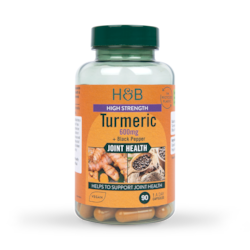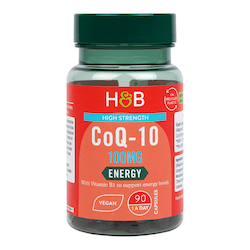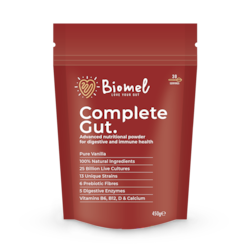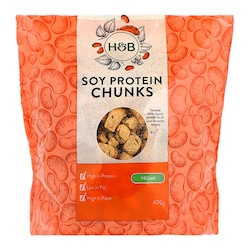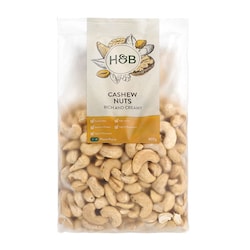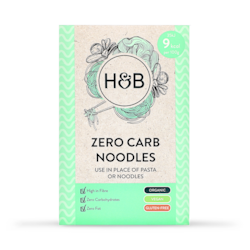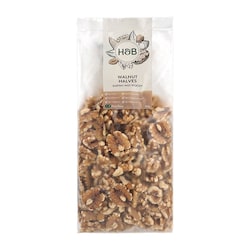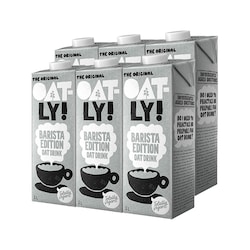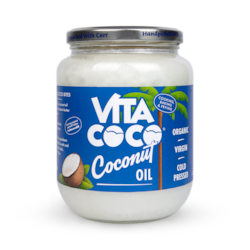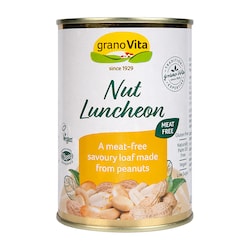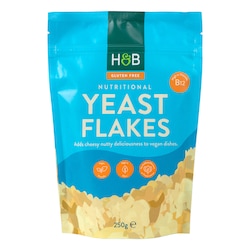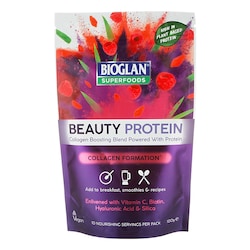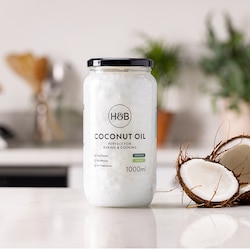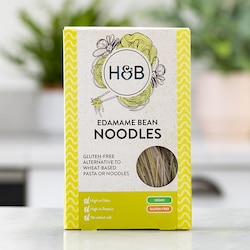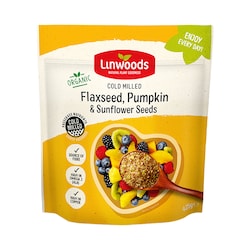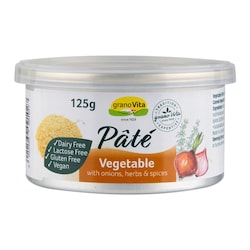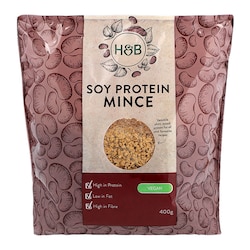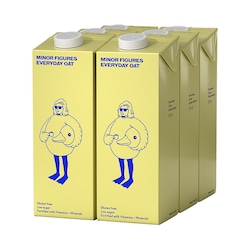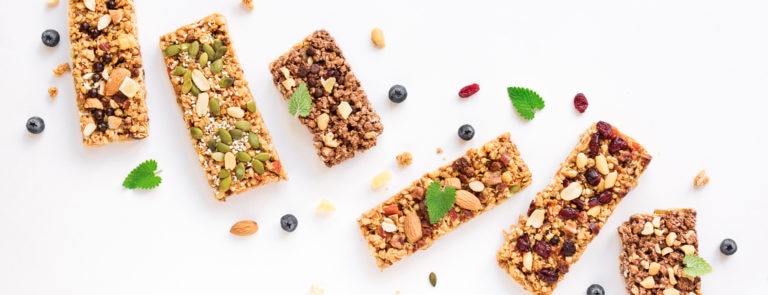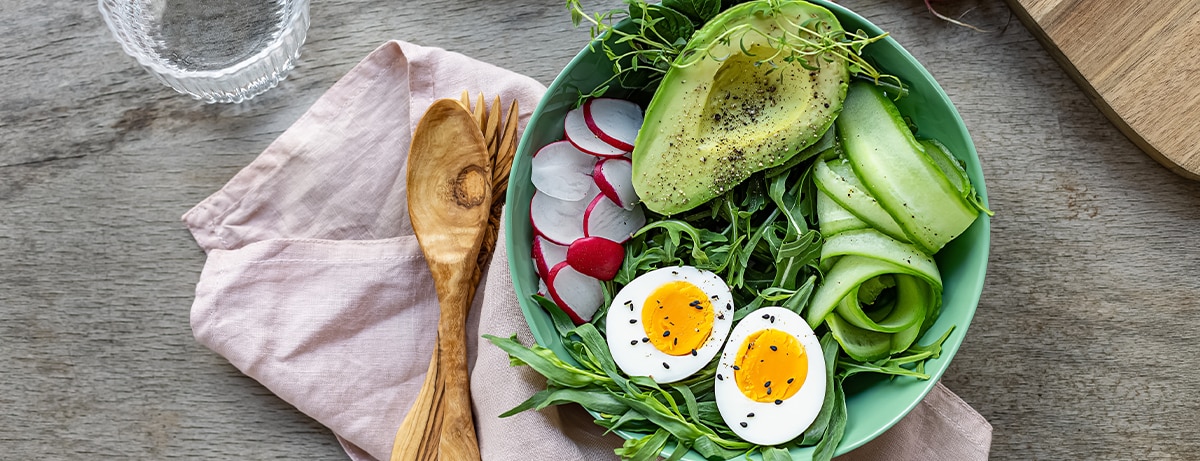15% off £20
Vegan bread: Can I eat bread on a vegan diet?
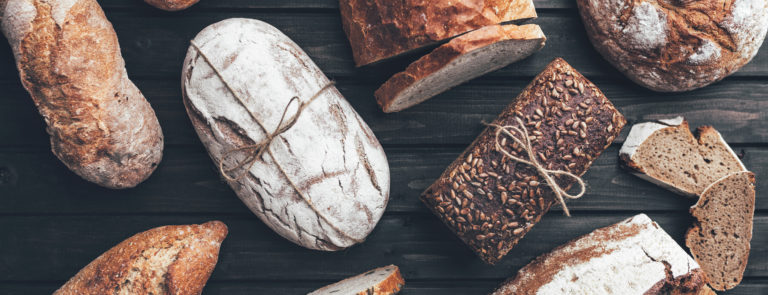
From crumpets drenched in (vegan) butter) to your favourite doorstop sandwich, bread is not only a staple food in most daily diets, it’s also a favourite comfort food.
So, if you’re considering converting to plant-based eating, you’ve probably given more than a passing consideration to this question – can vegans eat bread?
Here we talk vegan bread and what common bread ingredients could catch you out.
Is all bread vegan?
No, not all bread is vegan. Having said this, bread is primarily a grain-based food.
The four base ingredients are wheat flour, water, yeast and salt. So far so good. In fact, if all breads kept to this simple recipe, the answer to ‘is bread vegan’ would be a clear and resounding ‘yes.’
But in reality, when you’re browsing the bakery aisles, you’ll find there are many types of bread on offer. And it’s often the fancier varieties that could catch you out if you follow a vegan diet.
From crusts brushed with butter to sweet, fluffy breads that often contain egg, there are lots of animal-derived ingredients to look out for in bread. Sometimes it’s blatantly clear a loaf isn’t going to fit into your plant-based diet.
For example, flavour additions such as bacon, cheese and honey are usually added to the title on packaging and marked clearly in the ingredients.
But it’s the cryptic sounding additives and preservatives that aren’t vegan approved that can be harder to spot.
Why bread might not be vegan
When you’re searching for vegan bread, these are some of the main animal-derived ingredients you need to watch out for.
They are often used to tweak the texture or flavour. For example, you’ll often find butter in muffins, eggs in brioche and milk in naan.1,2
Non-vegan ingredients to look out for in bread:
- Eggs
- Milk
- Butter
- Buttermilk
- Cream
- Whey
- Casein
- Honey
- Lecithin
- L-cysteine
- Mono and diglycerides
Less obvious non-vegan ingredients
Most of these ingredients will already be on your vegan radar. But there are a few that may be less familiar.
To add to the confusion, these ingredients can often come from plant, animal or synthetic sources – the problem is it’s hard to tell which one from the packet.2
These milk proteins are sometimes added to bread products to increase protein content, lengthen shelf life and sometimes for flavour purposes.
This amino acid is sometimes used in bread as a softening agent. One source is poultry feathers.
These fatty acids are emulsifiers. They change the texture of bread and help preserve moisture. Although they’re often a derivative of soybean oil, they can also come from animal fats.
This is an emulsifier used to improve texture and help preserve moisture. Lecithin can come from plants but it could also be from egg yolks.
Is garlic bread vegan?
Now you’re asking the important questions. This is a tricky one as it can vary based on the type of garlic bread you’re referring to.
Generally speaking, the actual dough used in garlic bread is vegan. What could catch you out is the butter contents. Fortunately though, a lot of shop-bought garlic bread uses margarine or olive oil – so just make sure to check the ingredients first!
Is naan bread vegan?
Sadly it’s a lot rarer to find naan bread that’s suitable for vegans, but it doesn’t mean it’s impossible!
Usually naan bread is made with ghee (clarified butter), yoghurt, milk or eggs which is why vegan naan is harder to find. Your best bet is to check the free-from aisle to satisfy your naan bread cravings.
What bread is vegan?
We’ve covered the big hitters, but what bread is vegan?
The good news is you’ll find most of your preferred breads are probably vegan.3,4 Here is a summary based on a range of breads as you mostly commonly find them on shop shelves.
| Bread | Is it a vegan bread? |
|---|---|
| Sourdough | Usually |
| Pitta bread | Usually |
| Ciabatta | Usually (except ciabatta al latte which contains milk) |
| Naan | No |
| Rye | Occasionally contains milk and eggs |
| Foccacia | Usually |
| Cream crackers | Usually |
| Crumpets | Usually (when shop bought) |
| Muffins | No. Look out for butter |
| Brioche | No. Contains eggs and butter. |
How to spot tell if bread is vegan when shopping
The only way to be sure is to check the ingredients (either on the packaging or ask at the bakery counter.) Or make your own bread at home.
But as a general rule the simpler and less processed the bread the more likely it is to be vegan, but it’s always worth checking the ingredients just in case.5
Also, flat and drier textures are usually more characteristic of vegan bread products. However, there are exceptions, so it’s always wise to check.
For example, naan bread often contains milk and ghee (a clarified butter.)
How to tell if bread is vegan when eating out?
Unfortunately, there’s no easy way to tell if bread at a restaurant is vegan – unless it’s stated on the menu of course.
So, your best bet is to ask your server for an ingredients list, meaning you can check for any of the animal-based ingredients that we listed earlier in the article.
Summary: Can vegans eat bread?
The short answer is yes.
So, if you’re considering veganism but don’t want to give up your bakery habit, it will be a relief to hear most breads are naturally vegan.
However, this is not to say that you shouldn’t check the ingredients carefully. Some breads contain non-vegan-friendly ingredients to achieve a certain texture, to add extra flavour or to extend shelf life.
As well as the obvious eggs and dairy products (that should be clearly labelled) look out for more cryptic additives and preservatives that could be animal derived.
Last updated: 20 December 2022
- https://www.veganfriendly.org.uk/is-it-vegan/is-bread-vegan/
- https://www.veganfriendly.org.uk/is-it-vegan/is-bread-vegan/
- https://www.peta.org/living/food/is-bread-vegan/


